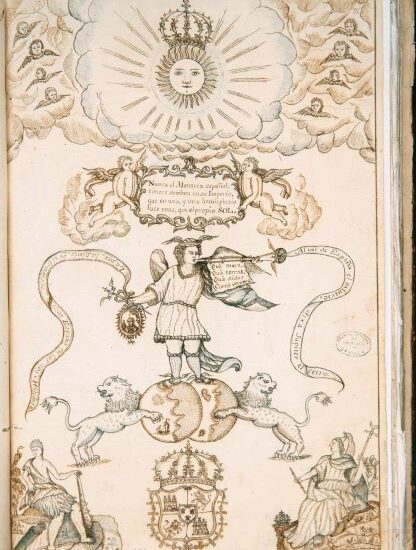In 1138, Alfonso VII donated the lower part of Sigüenza to the Episcopal power, completing it with its castle in 1146 and uniting it into a single municipality. Thus began an Episcopal Lordship that would last almost seven centuries, until Don Juan Díaz de la Guerra renounced his jurisdiction in 1796 in favour of the Crown.
In the 16th, 17th and 18th centuries, Sigüenza was a great administrative and economic centre for an extensive territory, which meant that economic activities had a great influence on all the economic activity in the area. During the 16th and 17th centuries, the data on professions obtained from the neighbourhoods are rather scarce, and do not allow us to recreate exactly what the economic model of Sigüenza was like, although they do outline some of the patterns present in that chronology, such as a secondary sector imposing itself on the rest of the occupations.
In the 18th century, the data begin to be much more complete, with a secondary sector that continues to predominate over the rest, but practically on a par with the primary and tertiary sectors.
Collection: Statistics
Project: 4. Family, daily life and social inequality in Europe.
Chronology: XVI, XVII, XVIII
Scope: Secondary Education, Baccalaureate, University, Postgraduate
Link: https://revistas.usal.es/index.php/Studia_Historica/article/view/4618
Resource type: Statistics
Format: Table
Source: Bázquez, A. (1987). "Sigüenza: una ciudad de señorío episcopal en la Edad Moderna. Instituciones, demografía, economía", en Studia historica. Historia moderna, nº 5, p. 209.
Language: Spanish
Date: 1987
Owner: Roberto José Alcalde López (Modernalia)
Copyright: ©Studia historica. Historia moderna ©Adrián Blázquez Garbajosa
Abstract: Table showing the number of people registered in Sigüenza and their division by sector of activity between 1521 and 1797
Tags






